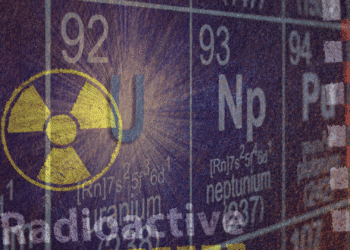Earlier this week China’s central bank announced its plans for the biggest stimulus since the covid-19 pandemic to lift the economy up from its deflationary blues and guide it back towards the government’s growth target.
Crude prices reacted positive on the news, but quickly lost momentum as markets digested the impact the package would have on near-term demand growth.
The Hezbollah- Israeli conflict continues to ramp up, and an Israeli ground offensive could be on the doorsteps as the conflict intensifies. A full-on ground offensive could result in a bigger regional conflict.
Hurricane Helene has rapidly intensified as it approaches Florida, on the verge to be the strongest hurricane to hit the US in over a year. The storm is expected to make landfall on the Gulf Coast on Thursday as a Category 3 hurricane.Several large operators in the US Gulf of Mexico have shut in production as a preemptive measure to the hurricane brewing. The major oil companies have started to evacuate nonessential personnel even though Helene`s projected path should keep it away from most oil and gas infrastructure.
Figure 1. News on Chinese Economic Stimulus PackageBriefly Lifted Crude Prices
US Crude inventories and production.
US commercial crude oil inventories decreased by a 4.5million barrels from the previous week. A significant stronger draw than the expected 1.4 million barrel-draw forecasted by market experts. At 413 million barrels excluding SPR, U.S. crude oil inventories are about 5 percent below the five-yearaverage for this time of year and 3.3 million barrels lowerthan a year ago. U.S. crude oil refinery inputs averaged 16.4million barrels per day during the week ending September 20, 2024, which was a 124 Kbpd less than the previous week`saverage. Refineries operated at 90.9 percent of their operable capacity last week.
Figure 2. US Crude Stocks including SPR at 794.9 millionBarrels.
Figure 3. US Crude Stocks Excluding SPR at 413 millionBarrels.

US Rig Activity.
A small decline in the total number of active rigs operating in the US according to Baker Hughes rig count. Down from a total of 590 active rigs, to 588 active rigs. Oil focused rigs remain flat, with gas and miscellaneous rigs decreased with one active rig each.
Figure 4. Active Oil Focused Rigs Flat at 488.
Figure 5. A Small Decline in Active Gas Focused Rigs.
Figure 5 B. Total Active Rigs in the U.S. Dropped from 590to 588.Figure 5. Total Active Rigs in the U.S. Dropped from 590 to 588.
Figure 6. Rig Count in Major Basins.

Baker Hughes has issued the rotary rig counts as a service to the petroleum industry since 1944, when Baker Hughes Tool Company began weekly counts of U.S. and Canadian drilling activity. Baker Hughes initiated the monthly international rig count in 1975. The North American rig count is released weekly at noon Central Time on the last day of the work week.
Disclaimer
This report is under no circumstances intended to be used for or considered as investment advice. This report is to be used as information and a general market guidance. The author, GE Briefings and Investornytt cannot guarantee that the information from sources is without incentives, but the author has taken considerable care to ensure that, and to the best of his knowledge, material information contained in the report is in accordance with the facts and contains no omission likely to affect its understanding. Please note that this report is the authors own research, opinions and conclusions, and the readers is recommended to draw their own conclusions based on other sources than this report, the facts and market picture can change in an instant and therefor the reader must do their own due diligence. The author, GE Briefings and Investornytt cannot be held responsible for the readers investments based on this report.











